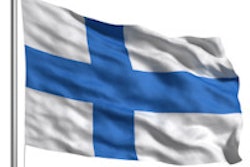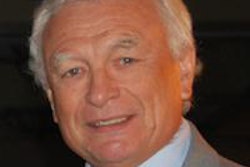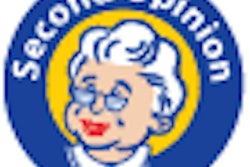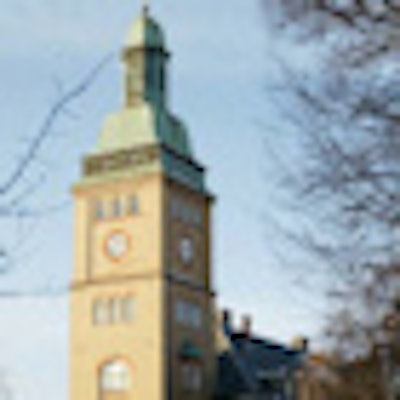
The fiercely contested debate over the pros and cons of mammography screening looks set to reignite this week after the publication today of yet another study that questions the usefulness of national screening programs. Supporters of screening have already poured scorn on the article and question its validity.
In a paper published online by the British Medical Journal (BMJ), authors from Norway and Denmark claim that breast screening is associated with a significant increase in mastectomy rates, despite women being told in promotional material that screening reduces their risk of mastectomy. In a comparative analysis of cancer registry data, they studied the effect of screening on surgical treatment for breast cancer in Norway.
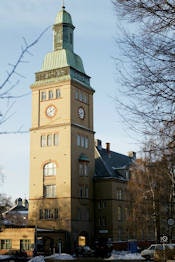 |
| Norway's largest medical center, Ullevål University Hospital in Oslo, is the base of the authors of the controversial new BMJ study. |
"In contrast with what has been claimed in invitations to screening and on websites supported by numerous governmental screening institutions and cancer charities, screening does not lead to a reduction in mastectomy rates," wrote Suhrke and colleagues, adding that published data on how the introduction of screening affects surgical treatment for breast cancer are limited.
The Norwegian breast cancer screening program started in 1996 in four counties, and the remaining 15 counties joined between 1999 and 2004. The authors of the BMJ article used national cancer data for 35,408 women ages 40 to 79 years who were diagnosed with invasive breast cancer or ductal carcinoma in situ from 1993 to 2008. From the prescreening period (1993 to 1995) to the screening introduction phase (1996 to 2004), the annual mastectomy rate increased by 9%, from 156 to 167 per 100,000 women in the age group invited to screening (50 to 69 years). In contrast, the mastectomy rates fell by 17% in noninvited women ages 40 to 49 years.
In relative terms, this corresponds to a 31% increased risk of undergoing mastectomy in women invited to screening compared with the noninvited younger age group. Mastectomy rates also fell by 13% in noninvited older women (ages 70 to 79 years). Between 2005 and 2008, mastectomy rates declined across all age groups, but mostly for the nonscreened age groups. This is most likely due to changes in surgical policy, the researchers noted.
Weak argument?
Breast screening advocates have been quick to respond to the data. The weakness of the study's argument lies in the authors' unfamiliarity with the entire process of breast cancer diagnosis and treatment, and their reliance on registry data rather than upon individual patient data, noted Dr. Peter B. Dean, a professor of diagnostic radiology at the University of Turku in Finland and the director of breast imaging for Southwest Finland Hospital District.
"In this case they have included a surgeon, which is a definite improvement to their approach to the subject," he wrote in an e-mail response to AuntMinnieEurope.com. "However, as these same authors are quick to point out in other people's work, their comparison of rates is deceptive. The higher mastectomy rate during the early years of the program more likely reflects the inexperience of the teams in dealing with impalpable breast cancers."
As far as the researchers' use of the term "overdiagnosis" is concerned, they are only guessing at what has happened without having actually followed the process, Dean commented.
"Anyone who actually has to work with breast cancer is far more concerned with underdiagnosis. The two go hand in hand -- the less 'overdiagnosis,' the more underdiagnosis, provided the diagnostic criteria are equally applied," he noted. "Inexperienced mammography screeners can have high rates of both overdiagnosis and underdiagnosis, whereas well-trained, experienced mammography screeners who also take the trouble to review their false positives and false negatives and learn from them will have lower rates of both over- and underdiagnosis. These will, in turn, affect the rates of surgical overtreatment and undertreatment, which are similarly related to the surgeons' competence."
Surgeons, not radiologists, decide whether a woman needs a mastectomy, according to Dr. László Tabár, a close associate of Dean and a radiologist at Falun Central Hospital in Sweden. Radiologists and pathologists try to provide surgeons with sufficient preoperative information about the nature and extent of all malignant breast tissue, but this advice is not always followed, he pointed out.
"I think the real question is not the mastectomy rate, but the survival rate," said Dr. Corinne Balleyguier, a radiologist at the Institut Gustave Roussy in Villejuif, France. "It is clear that mortality induced by breast cancer has decreased since screening has been introduced, and this is the right point."
A bias in this study is the huge delay for the inclusions, she said. Also, breast surgery has changed a lot since 1999, with much more oncoplasty now taking place, and to consider the mastectomy rate only could be a wrong decision, she added.
The main lesson from the BMJ study is the importance of looking very closely at the evidence, particularly concerning mortality rates, Suhrke said. He admitted that, on reflection, it might have been beneficial to involve a radiologist as a co-author of the BMJ article, but he said that the study concentrated only on the surgical aspects, and, in any case, he did not know of a suitable radiologist to involve in the research.





